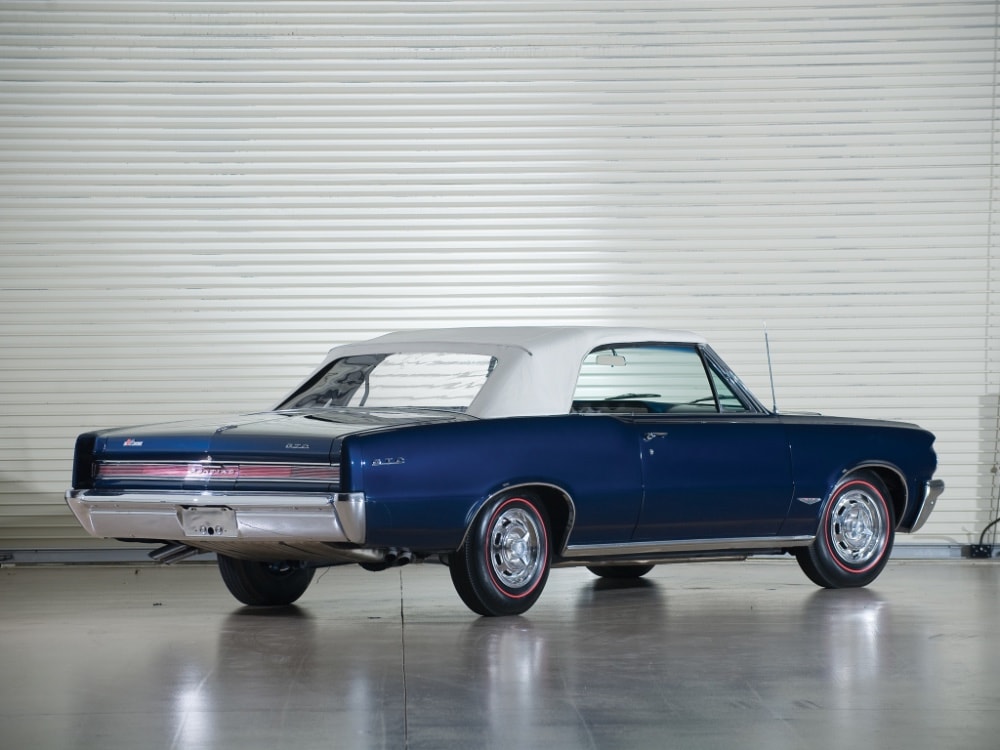Even though the Pontiac brand is just a distant memory in the automotive industry, the legacy of the famous brand is kept alive through its cars. Most notable among those are its iconic GTOs. The GTO was the first proper muscle car, singlehandedly establishing a whole new and popular class of vehicles. The car’s combination of great design, solid underpinnings, and power brought power to the masses and created the most significant muscle car legend.
However, despite being such an influential and fantastic machine, the GTO had its share of cars that carried that infamous nameplate but never deserved it. So today, we’ll make an interesting parallel between the five best GTOs and the five worst cars under that name. Check out the GTOs that made those three letters so iconic and those that almost ruined it right here.
1964 Pontiac Tempest GTO (Best)

In the early 1960s, Pontiac had a ton of success on drag strips across America. That performance aspect became a powerful marketing tool since a new generation of buyers wanted fast cars. Pontiac understandably wanted to capitalize on its success. But the company was reluctant to invest in a sports car built from scratch. All of their production models were big, heavy vehicles. However, a young engineer named John DeLorean thought of a genius idea. Install a big and powerful 396 V8 into a light, intermediate Tempest two-door body to quickly (and cheaply) create an actual performance machine (via Car and Driver).

The result was the Tempest GTO, an option on the intermediate Tempest model. For just $295, buyers would get a high-performance 396 V8 with 325 HP in standard trim or 348 HP in the famous Tri Power form. Manual transmission, unique trim, GTO decals, and dual exhaust were all part of the package. Since the car was light, the Tempest GTO had a convincing performance. Even the Corvette owners weren’t safe from the Tempest GTOs lurking at stoplights across the country. Pontiac’s sales manager wasn’t particularly fond of the model and thought that the GTO package didn’t have perspective. His estimate of a maximum of 5000 examples per year was drastically surpassed by official sales figures of over 32,000 copies. It was clear that the GTO was a hit amongst younger buyers and that a star had been born.
